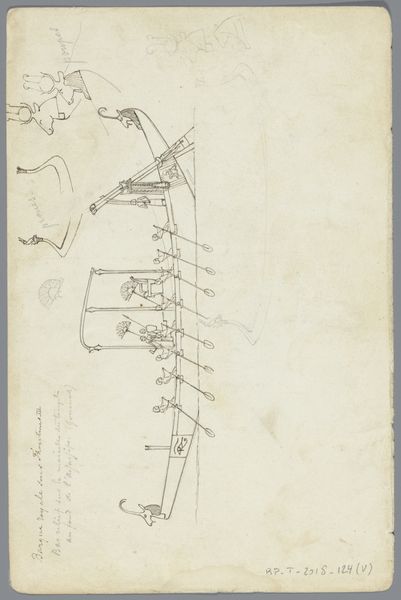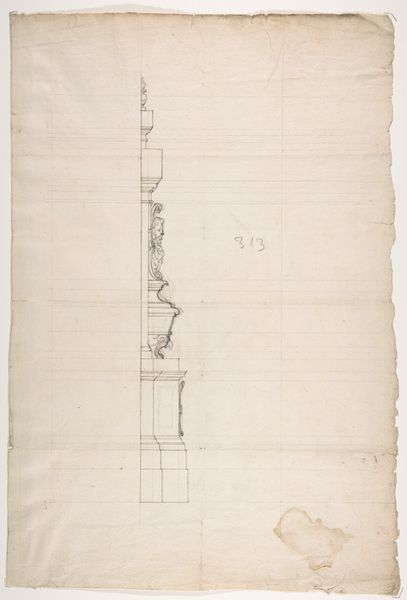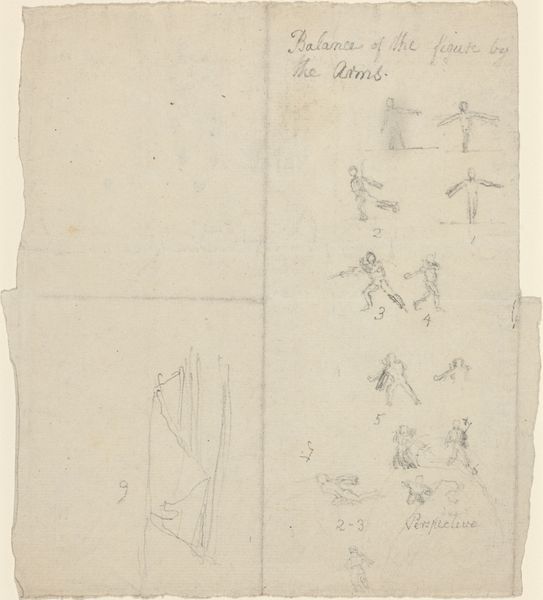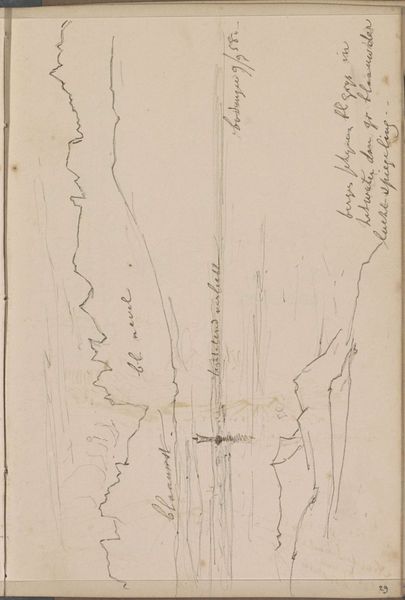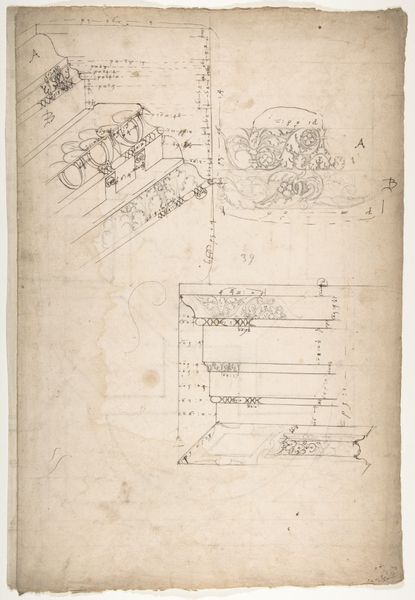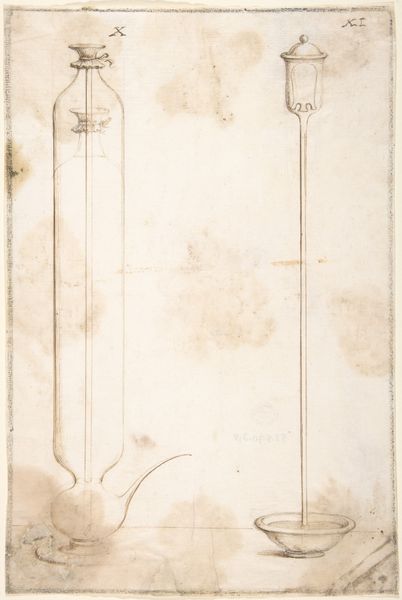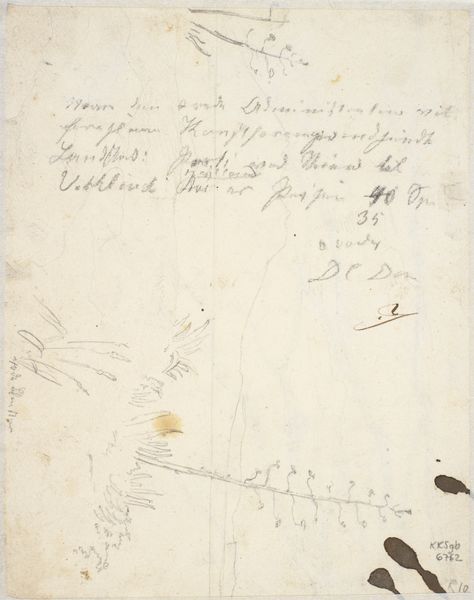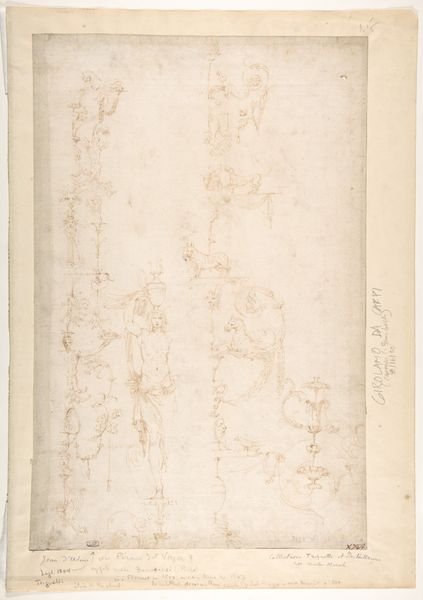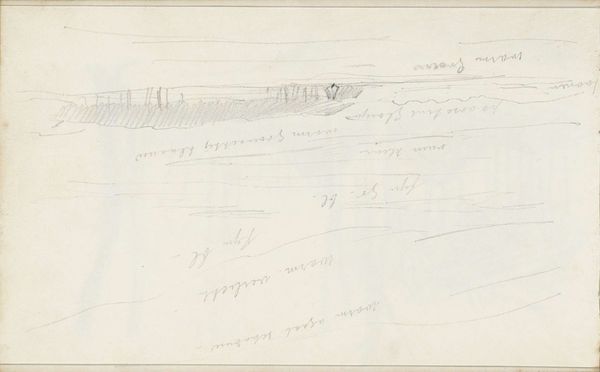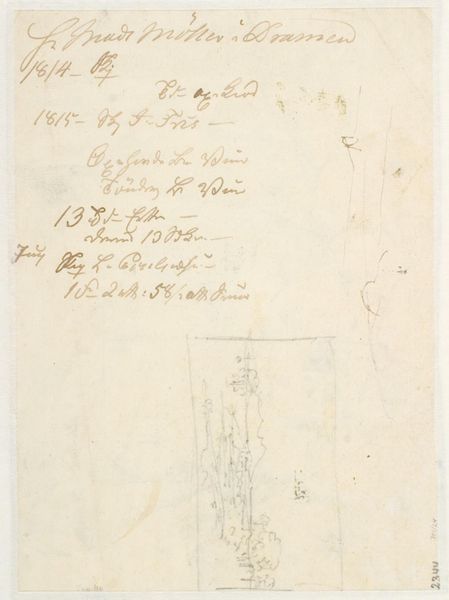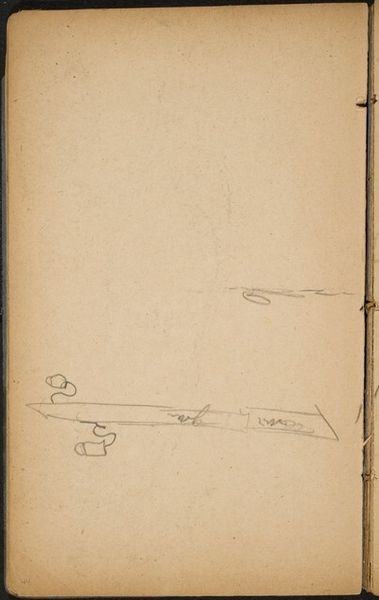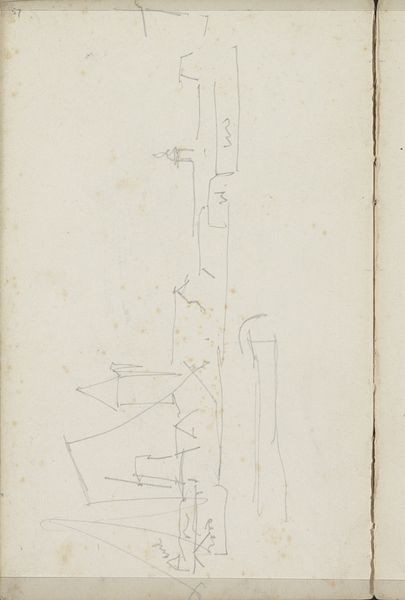
drawing, paper, ink, pencil
#
drawing
#
neoclacissism
#
landscape
#
figuration
#
paper
#
ink
#
pencil
Dimensions: height 320 mm, width 195 mm
Copyright: Rijks Museum: Open Domain
Editor: This is Jan Brandes’s "Pantograaf," a drawing in ink and pencil on paper, created between 1787 and 1808. It looks like some kind of technical illustration. What do you see in this piece, beyond the initial sketch-like quality? Curator: It’s a fascinating object, isn't it? On the surface, we see an illustration of a pantograph, a device for copying drawings. But Brandes gives us so much more, doesn’t he? He hints at the underlying cultural memory of the Enlightenment drive for knowledge and replication. Do you notice how the image is not just about the machine, but also the idea of disseminating images and information, hinting at the human desire to control and replicate our world? Editor: Yes, I see that. So, it's about more than just the device itself; it represents a bigger idea. The act of reproducing something – is it tied to a fear of loss, or perhaps a drive for control? Curator: Precisely. The pantograph itself becomes a symbol. Notice the precision alongside the looseness of the sketch. What does that suggest to you about the perceived relationship between art and science during this Neoclassical era? Editor: I suppose there’s tension between objective observation and subjective interpretation. So, Brandes captures this pivotal moment where art begins incorporating more rational approaches. Curator: And within this drawing, you find all the psychological and cultural implications of striving for objective replication! Thank you – reflecting together helped make this so clear. Editor: Agreed! Seeing the layers of symbolism really transformed how I understand it.
Comments
No comments
Be the first to comment and join the conversation on the ultimate creative platform.
